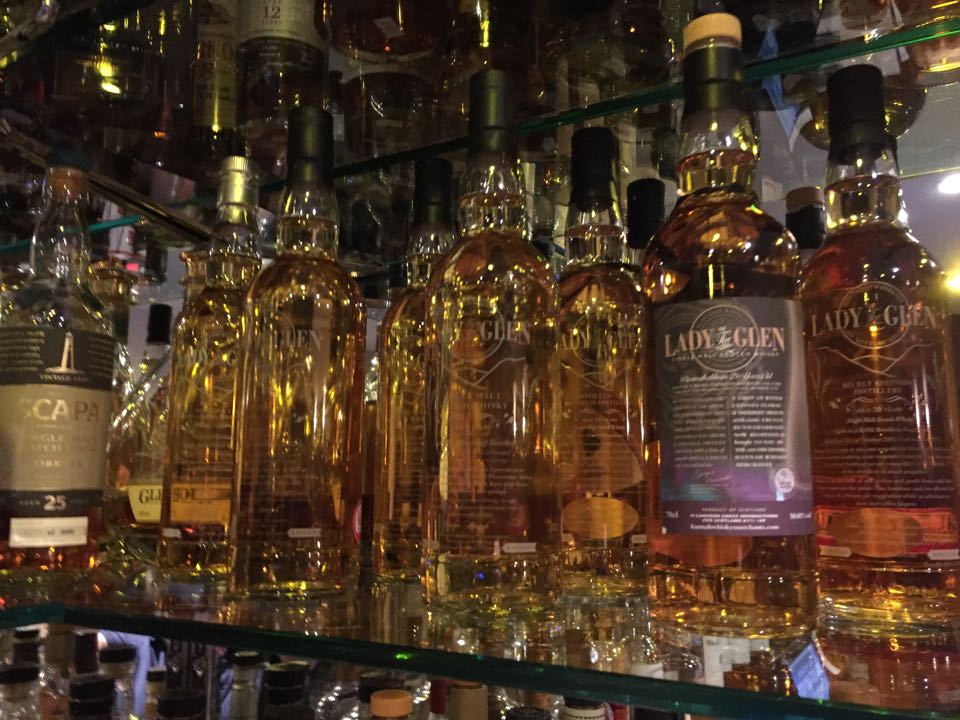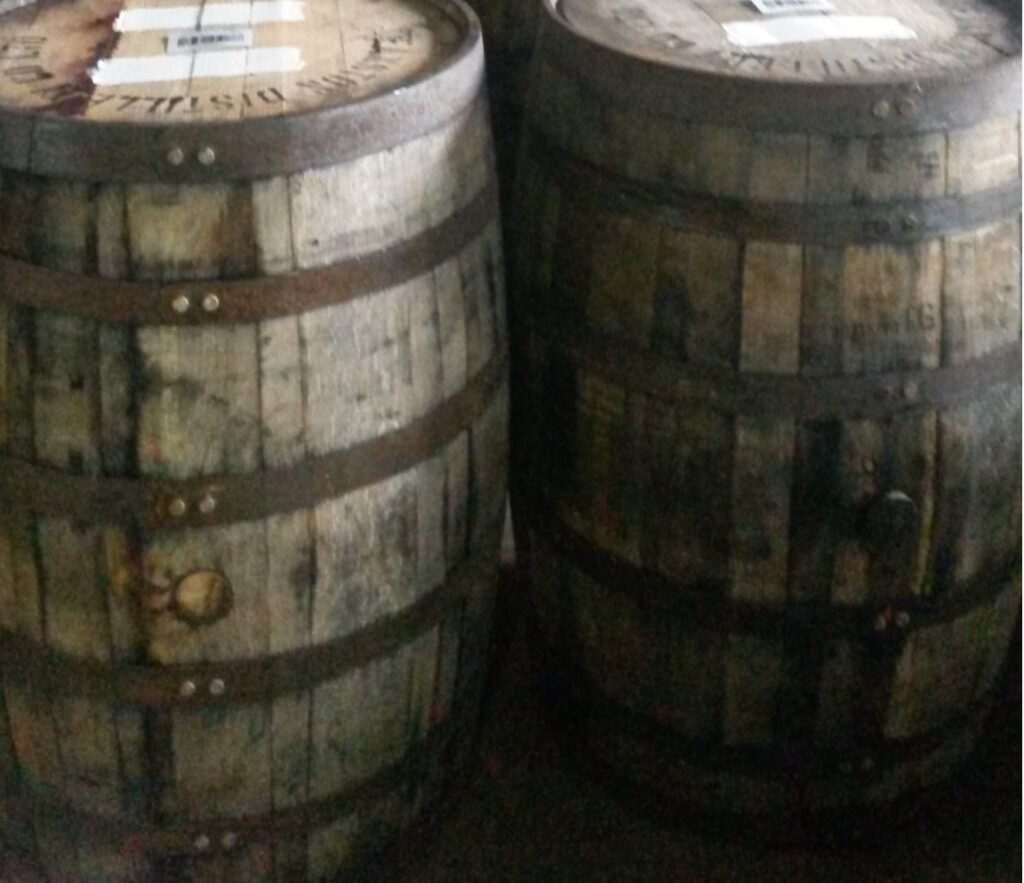4 Tips To Pick The Right Whisky This Christmas

At this time of year choosing the right Whisky as a gift for a friend and loved one can be a trifling head strain without having first tried the Whisky. Normally you want to match the bottle to the gift receiver’s taste and you rely on independent reviews, tasting notes, past experience and more often than not brand awareness. However, this limits your choice of Whisky landscape and you can find high quality independent bottlers or slightly rarer releases from mainstream distilleries that are perhaps better suited to your gift receiver and coupled with that the bottle will likely be slightly more unique.
There are a few educated assumptions you can make on Whisky based on just the details expressed in the product description – please note that I say ‘educated assumptions’ because there are some Whiskies that taste so completely contradictory to their origins to suggest that a switch has taken place or your palate is playing tricks on you. Regardless, below are the assumptions
1. The cask used
A general rule of thumb is that the cask a Whisky is matured is responsible for 50% to 80% of the bottled Whisky’s flavour. So understanding what flavours are associated with the different casks is important
Bourbon Casks – The most common cask out there used for the maturation of Whisky. Previously containing American Bourbon like Jack Daniels (even though it’s a Sour Mash), Jim Beam among others. The casks can no longer be used for the maturation of Bourbon due to legal restrictions so they have historically been used for the maturation of Whisky. You can expect Whisky aged in a bourbon cask to have tastes associated with Vanilla, fudge, honey, different nuts like hazelnuts and almonds and even coconut.

Sherry Casks – Becoming much rarer and harder to find. Previously used for varieties of Sherry like Fino, Oloroso and Amontillado among others from Europe. With Sherry you would expect to get a heavier and richer range of flavours, common flavours include – slightly sweeter than bourbon, toffee, winter berries, cherry, raisins and spices like ginger will be more prevalent.
Other casks,
Rum – fruity, vanilla and buttery with spices like pepper and paprika
Port – similar to Sherry with more red berry fruits and dark chocolate
Wine –sweet, dried fruits and raisins
Some other details that are a little harder to find related to casks are below, these too will impact the flavour
Refill Casks – If your Whisky is from a cask that is a first fill, that means it’s the first time it has been used for Whisky since it last contained the Bourbon or Sherry etc. Naturally that means a first fill cask will have more to offer and influence the Whisky compared to when it is used the second or third time, each time the influence will be reduced and you’ll be left with less character in the Whisky.
Size of Cask – The larger the cask less exposure to wood and the less intense flavour. A quarter Cask for instance provides lots of spirit and wood contact and they are mainly used to give Whisky flavour quickly, however Whisky left too long in quarter cask can be overpowered by the wood. It is typical for Whisky to be matured in a Bourbon cask Hogs Heads, which can contain approximately 225 litres or a Sherry Butt which can contain around 500 litres.
Finishing in casks/double wood matured or wood finished – a process of placing the Whisky from one cask into another so that the Whisky can take on some of the flavours associated with that second or third cask. It is common fairly common practice for whisky to be finished in a Quarter Cask, for the reasons expressed above, they provide greater wood contact and can express themselves on the Whisky quicker.
2. The region

Image take from http://www.scotchmaltwhisky.co.uk/
Highland – Floral with honey and heather but the Island distilleries have a more coastal and salty flavour profile.
Speyside – Lush with fruits of apple and pear and providing honey, nuts and spice.
Lowland – Lighter bodied with more sweetness from grassy notes
Campbeltown – Salty with similarities to Islay’s peat and depth.
Islay – Coastal, Salty and that famous peated smoke
3. Maturation or age
Whisky will mature only in the cask once it has been removed the flavour or taste is now settled. Whisky must remain in the cask for three years to be identifiable as Whisky. Generally the older the Whisky the more expensive it is and this mainly due to age being an indication of its rarity. The alcohol strength which dictates its duty value reduces as the Whisky matures and the longer the Whisky matures in the cask the more of it that is taken away through evaporation (the angel’s share). So a 26 year old cask should contain a lot less bottles of Whisky than a 12 year old cask, and this rarity adds to the value of the bottles.
The longer the Whisky sits and matures in the cask the richer and more intense the flavour. Most Whisky for drinking is bottled between ages 12 and 18 years old because this is when the Whisky is believed have had enough exposure, leaving it longer could risk the wood overpowering the spirit – ultimately the blender, independent bottler or owner of the cask will decide through regular sampling when they feel the Whisky is ready.
4. Some tips – single cask release/independent bottler releases and vatting
If you are looking for an exceptionally unique Whisky then Independent bottling or Single cask releases is what you are looking for. A number of the larger distilleries use a process called Vatting which involves combining multiple casks to create the distillery’s own releases i.e. their traditional 18 year old, this allows them to present a consistent taste. To understand Vatting it is important to remember that every single cask is different, they come from different distilleries places , sit in different parts of the yard or warehouse and get varying exposure to weather conditions and this means that the Whisky that they contain is different as a result.
Of course every distillery distils has its own unique spirit to be placed in the cask and unfortunately this news feed doesn’t have the space to list all the common flavour traits associated with every distillery. Furthermore there is are the types of grains etc used to create the spirit. But, the above should give you a little idea of what to look out for.
Sources
http://www.whiskyforeveryone.com/